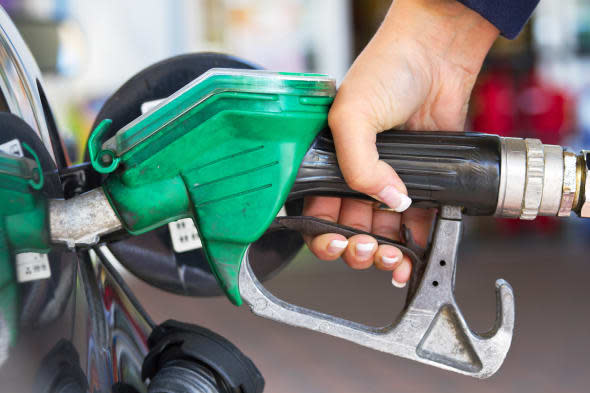Misleading fuel economy claims: car company tricks

A new report claims that on average we are getting around 18% fewer miles per gallon than we were told to expect when we bought the car - and that the owners of some of the smallest cars could be getting an appalling 36% fewer miles than they expected. For those who downsized to save money, the results could be devastating.
%VIRTUAL-ArticleSidebar-motoring-guide%
Increasingly, salespeople are using a car's fuel economy to persuade us to get a new car. They argue that after the initial outlay you'll be saving a fortune, because newer and smaller models use a fraction of the fuel of their older or larger counterparts. The brochures show concrete figures of just how little fuel these cars use, and you could be forgiven for assuming that there's no way the manufacturers could be manipulating the figures.
However, the report, by Emissions Analytics, claims that this is exactly what is happening. Their figures show that the smaller the car, the bigger the discrepancy between the claims and the reality, and highlight that it means a driver could end up spending a third more on petrol every year than they are expecting. For a typical user, this overspend could easily top £5,000 a year.
Article continues below

What's going wrong?
The fact that they can get away with this comes down to the NEDC tests which they use to establish the fuel consumption - which Emissions Analytics says is fundamentally flawed. The tests don't simulate traveling on real roads, and the conditions they demand are vague enough for manufacturers to always test them in the idea conditions for maximum efficiency.
Previous research from Transport & Environment compared the NEDC tests with real life and found an average discrepancy of 23% on the six models it looked at. It also found 20 ways that manufacturers could exploit loopholes in the rules.
So, for example, the test requires the car to be accelerated a number of times, but this acceleration is allowed to take anything up to 26 seconds - compared to the typical 5 second acceleration on the road. The longer and more gradual acceleration would be highly impractical on the road, but is used in the tests because it's by far the most efficient way to speed up.
Manufacturers are also allowed to tape up cracks around doors and windows to reduce drag and make the car use less fuel. They can over-inflate tyres, adjust the wheel alignment and brakes, use lubricants, get rid of any extras which weigh it down (including the air conditioning), test at unusually high temperatures (where engines are more efficient), and on slick test tracks.
Some small steps have been taken to force manufacturers to be more up-front about these tests. The Advertising Standards Agency has banned one Audi advert for claims for fuel efficiency which didn't make it clear they were the results of lab tests rather than on the road. The ASA investigation came as the result of an owner complaining that there was no way he could match these claims for fuel consumption.
However, until the tests are changed, or the way the figures are used becomes clearer, it's worth taking fuel consumption figures with a hefty pinch of salt.
Motoring stories on AOL Money
London car parking spaces on sale for £2.25 million
The most lucrative speed camera in the UK
Thousands of Toyota Lexus cars recalled in UK



